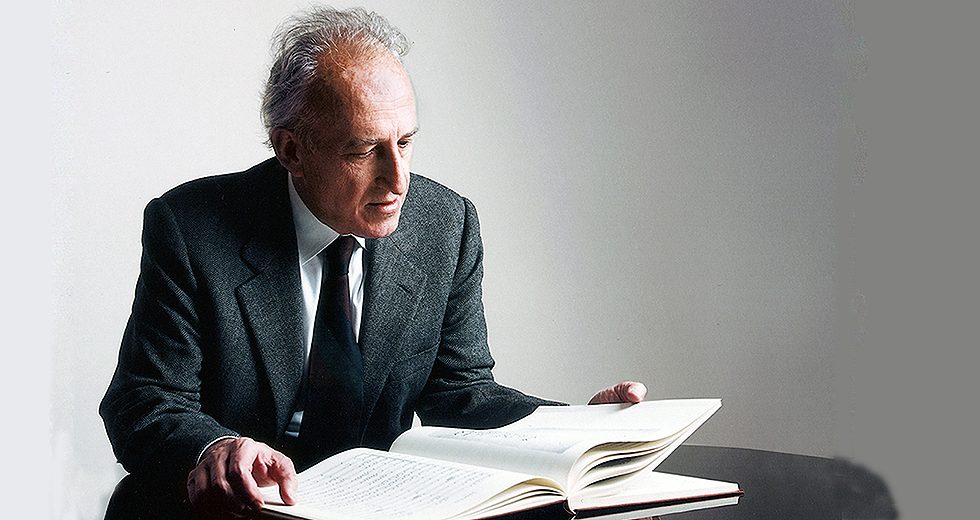
At age 18, as the youngest in a field of 89 contestants, Maurizio Pollini won the 1960 Chopin Piano Competition in Warsaw. “That boy plays better than any of us jurors,” said the panel, which was chaired by the none other than the legendary Arthur Rubinstein.
Now 75, Pollini continues to perform Chopin, one of the signature composers in his repertoire. He has been touring the United States with an all-Chopin program this month, and on May 28, he will return to Chicago for an SCP Piano recital at Symphony Center. His program covers some of the composer’s best known and most beloved works: two pairings of Nocturnes (Opuses 27 and 55), the Third and Fourth Ballades, the Third Sonata, the First Scherzo and the Berceuse. Reviewing Pollini’s performance in London this February, Richard Fairman in the Financial Times wrote: “The Berceuse was calm and inward, as though being played in a salon, not a 3,000-plus hall.”
Intimacy was the name of the game May 21 at Carnegie Hall, too. Pollini has performed many times on the venue’s gilded stage, and this appearance was a matinee, as his recital in Chicago will be. At Carnegie Hall, it was a privilege to hear a great artist without pretense. One often felt like an eavesdropper, as though one were listening in on Pollini playing for himself in his living room. Among the many highlights, perhaps the most memorable were those when he grew the most still.
Chicago patrons are advised to keep their ears pricked for these quiet moments:
• Nocturnes, Op. 27. Get ready for the transition between the nocturnes. Pollini dissolves so seamlessly from one to the next that it takes a few notes to notice the shift. In retrospect, it will feel like sleight of hand.
• Berceuse. Stay tuned for the last few bars when the arpeggiated accompaniment changes ever so slightly. Here, the pianist plays his gentlest goodbye.
• Scherzo No. 1. Known for his icy sound, Pollini uses it to stunning effect in this work’s middle section. Bells ring clear and bright from his right hand, an accompaniment from the heavens over Chopin’s tenor melody.
• Sonata No. 3. In the Largo movement, Pollini refuses to linger over any of this stunning music. Although his playing is fluid and always pointing forward, he somehow manages to make stillness prevail. The movement is over far too soon, so plan to savor it from the start.
For speed junkies, Pollini in his eighth decade still delivers. Here are some moments to anticipate:
• Ballade No. 4. Never mind his septuagenarian status. Pollini’s coda is among the fastest one will ever hear.
• Sonata No. 3. The Finale movement is truly breathless, as Pollini also finds time to serve up some of those clatters, resounding like the breaking of dishes across a tile floor, that defined his classic recordings.
Meanwhile, Pollini’s bookings for next season have been announced; he will return to North America in 2018 (including recitals April 22 at Symphony Center and April 29 at Carnegie Hall). Another season with Pollini: another privilege.
Note: Maurizio Pollini is scheduled to sign CDs in Grainger Ballroom after his recital.
Samantha London, who holds two degrees in piano performance, is a New York-based arts journalist.